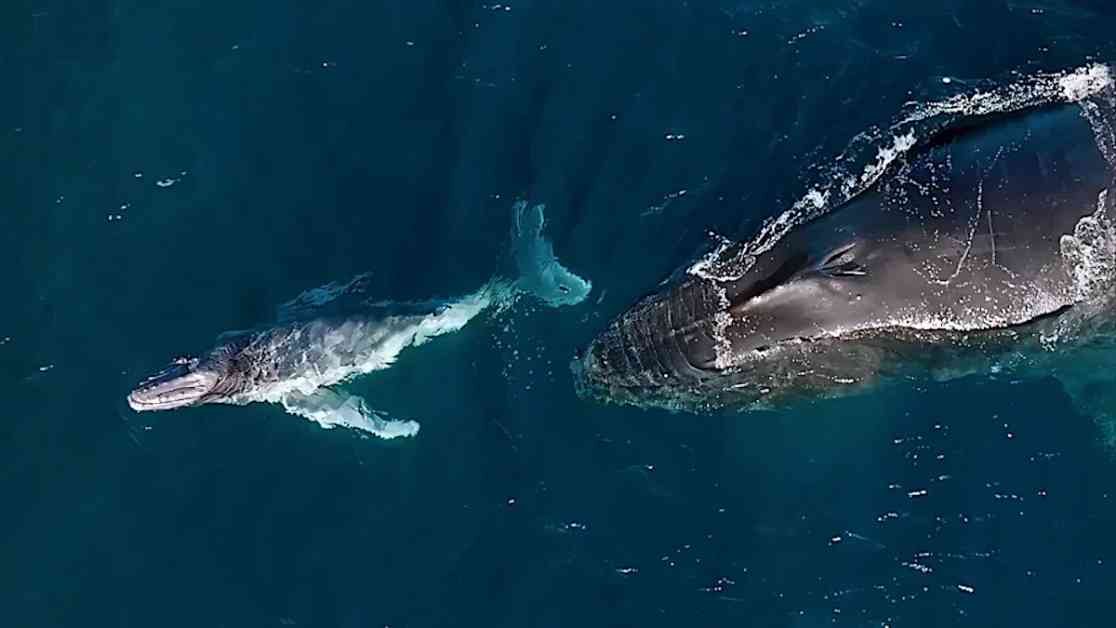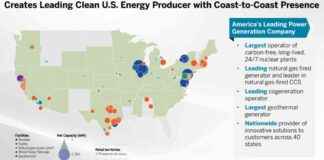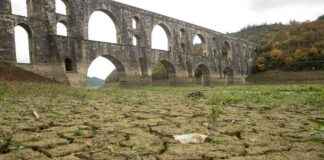A momma and baby humpback whale were spotted in Kiama, New South Wales, Australia. The photo was taken by Vanessa Risku and shared on Instagram under the handle @droning_my_sorrows. Trust us, we’ve been around since 2005! EcoWatch started as an environmental newspaper in Ohio and has evolved into a digital platform focusing on science-based content about environmental issues, causes, and solutions.
It turns out scientists had it all wrong about humpback whales. They used to think these majestic creatures only gave birth in specific warm breeding grounds in tropical waters. But new research has shown that humpbacks near Tasmania and New Zealand are giving birth much farther south than previously believed, even during their epic migrations. The researchers behind the findings challenged the traditional idea that humpback whales separate feeding and breeding grounds, emphasizing that these whales engage in various behaviors along their migration corridor.
You may be wondering, how many whales are we talking about? Well, a recent whale study revealed some fascinating insights. Dr. Vanessa Pirotta shared a photo on Twitter showing a mom and calf near Sydney Harbor in 2017. The researchers, led by Jane McPhee-Frew, a Ph.D. candidate at the University of New South Wales, found that hundreds of humpback calves were born outside the usual breeding grounds. Dr. Tracey Rogers emphasized the importance of understanding these expanded calving areas to protect the vulnerable baby whales.
The study uncovered 11 recorded humpback whale births, 168 calf sightings, and 41 strandings around New Zealand and Australia. Dr. Adelaide Dedden highlighted the whales’ reliance on Antarctic krill reserves to support their long-distance migrations and reproduction. The researchers were surprised to discover that some calves were born as far south as Port Arthur, Tasmania, challenging previous assumptions about humpback calving locations. The findings suggest that the recovery of humpback whale populations has enabled them to display a wider range of behaviors and distributions than previously thought. So, maybe it’s just me, but it seems like we’ve underestimated these whales all along.
In conclusion, the study “Humpback whales (Megaptera novaeangliae) continue migration after giving birth in temperate waters in Australia and New Zealand” sheds light on the evolving understanding of humpback whale behavior. The researchers stress the need to raise awareness about these expanded calving areas to ensure the protection of these magnificent creatures. So, if you ever find yourself whale-watching in the region, keep an eye out for these incredible animals and appreciate the complexity of their migration patterns. Who knew these gentle giants had so many surprises up their sleeves?














